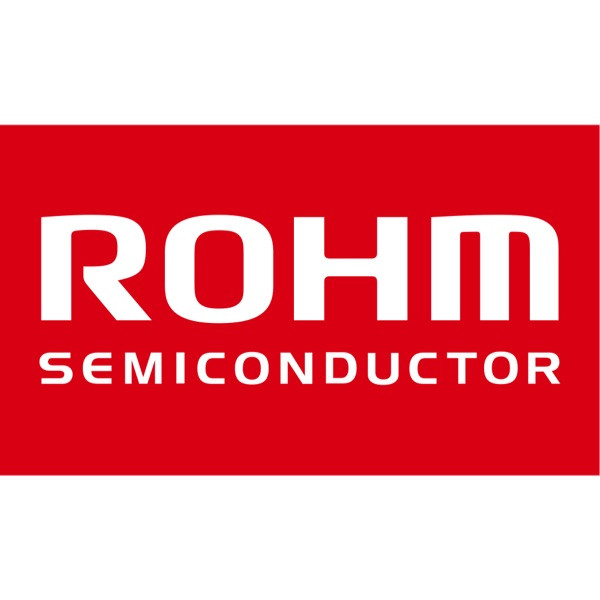Isolated DC-DC converters provide a smaller mounting area in isolation circuit
17-04-2023 | ROHM Semiconductor | Power
ROHM has developed an isolated flyback DC-DC converter, BD7Fx05EFJ-C (BD7F105EFJ-C, BD7F205EFJ-C), optimised for gate drive power supplies in xEV applications, including electric compressors and PTC heaters.
xEVs, including HEV and EVs, have become increasingly popular as the industry moves towards delivering a sustainable society. They primarily use electricity as their energy source and are equipped with unique applications such as electric compressors for AC and PTC heaters to increase the cabin temperature. And as high voltages drive these applications, it is essential to isolate the primary circuit that incorporates the battery from the secondary circuit composed of the motor and other systems to provide safety. However, as well as issues such as larger mounting area and power consumption, established isolated circuit configurations need notable noise countermeasures for switching frequencies that vary with output current.
The company's new product uses a circuit configuration that accomplishes stable switching frequency characteristics without needing a photocoupler, reducing application size and workload for noise design countermeasures. Leveraging its superior analog design technology enables the BD7Fx05EFJ-C to remove the necessity for photocouplers, transformer auxiliary windings, and peripheral components conventionally required to detect secondary-side voltage and current. On top of, next to solving issues with photocouplers, such as large power consumption, fluctuating detection accuracy due to temperature, and deterioration over time, the company has also attained greater miniaturisation by decreasing the number of components. Consequently, it is feasible to decrease the number of components – including the photocoupler – employed for current detection by ten (equivalent to a board area of 30%) compared to general isolated flyback power supply circuits.
The BD7Fx05EFJ-C also has an adaptive ON-time control function that fixes the switching ON time, providing a stable frequency of around 350kHz regardless of output power. To be compliant with the CISPR25 automotive EMC standard needs significant noise design in the frequency range from 150kHz to 300kHz. However, as its new converters do not fall within this band, noise countermeasures can be significantly simplified. This, together with a spread spectrum function that minimises radiated noise, contributes to decreasing the number of efforts for noise design.



